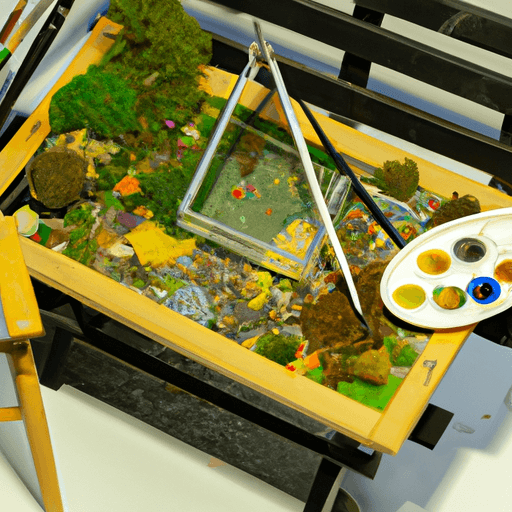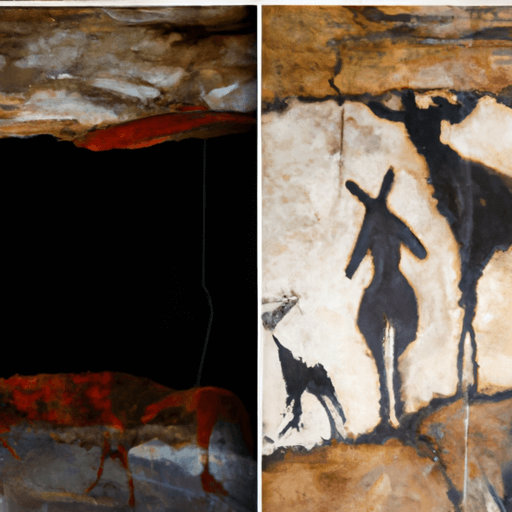Sustainable Architecture: Minimizing Carbon Footprints
Sustainable architecture plays a pivotal role in efforts to reduce carbon emissions worldwide. As the architectural movement continues to evolve, this article will discuss tools, techniques, and strategies architects and builders use to produce eco-friendly, carbon-neutral designs. These methods encourage not only environmental responsibility but also a healthier living environment. We will also delve into the unique challenges, benefits, and future predictions associated with this innovative architectural approach.
Methods of Sustainable Architecture
Several elements contribute to a building's sustainability, including the use of energy-efficient appliances, green materials, natural light optimization, and water conservation.
Energy-Efficient Appliances
Incorporating energy-efficient appliances into design plans is a critical step in reducing a building’s carbon footprint. For instance, Efficient appliances such as Energy Star rated refrigerators, air conditioners, and lighting fixtures reduce the amount of energy consumed, leading to lower greenhouse gas emissions.
Green Materials
The choice of building materials significantly impacts a building's carbon output. Choosing resources produced in ecologically friendly processes or recycled materials helps in creating a sustainable structure. An excellent example is the use of rammed earth or bamboo, both ecologically friendly and sustainable sources. They not only minimize waste but also ensure the building's longevity.
Natural Light Optimization
By optimizing the use of natural light in buildings, architects reduce dependence on artificial lighting, ultimately cutting energy consumption. Incorporation of large windows, skylights can maximize natural light penetration, reducing the need for daylighting.
Water Conservation
Sustainable architecture also utilizes techniques such as greywater recycling systems and rainwater harvesting to conserve water. These techniques not only reduce water consumption but also aid in maintaining ground water tables.
Challenges and Advantages of Sustainable Architecture
While sustainable architecture has many benefits, it also presents unique challenges. Initial investment cost may be higher due to the cost of green materials and technologies. However, the operational cost of such buildings can be significantly low, making it a viable investment in the long run.
Government Regulation and Future Predictions
Government regulations worldwide are increasingly promoting sustainable architecture, offering incentives for such buildings. This is likely to lead to widespread adoption of sustainable architecture practices in the future. Predictions point towards a future where sustainable designs will become the norm, driven by both environmental necessity and consumer demand for healthier, more efficient living spaces.
Conclusion
Sustainable architecture plays an invaluable role in minimizing our carbon footprints. By incorporating energy-efficient appliances, green materials, natural light optimization, and water conservation methods, architects and builders create spaces that are not only environmentally responsible, but also healthier to live in. While there are challenges, the benefits and the ever-increasing support from government regulations paint a promising future for this architectural movement.
















Comments
Leave a Comment